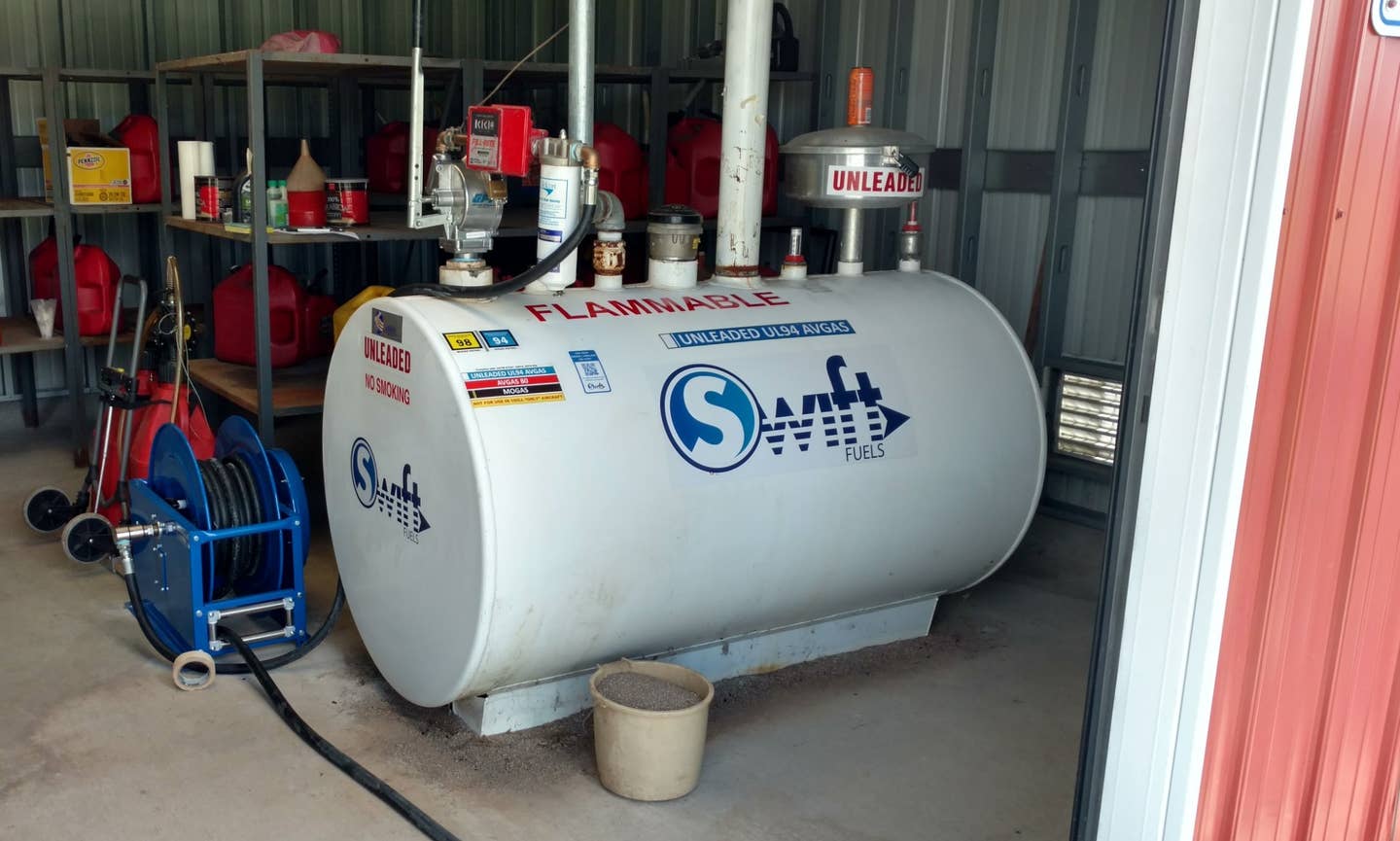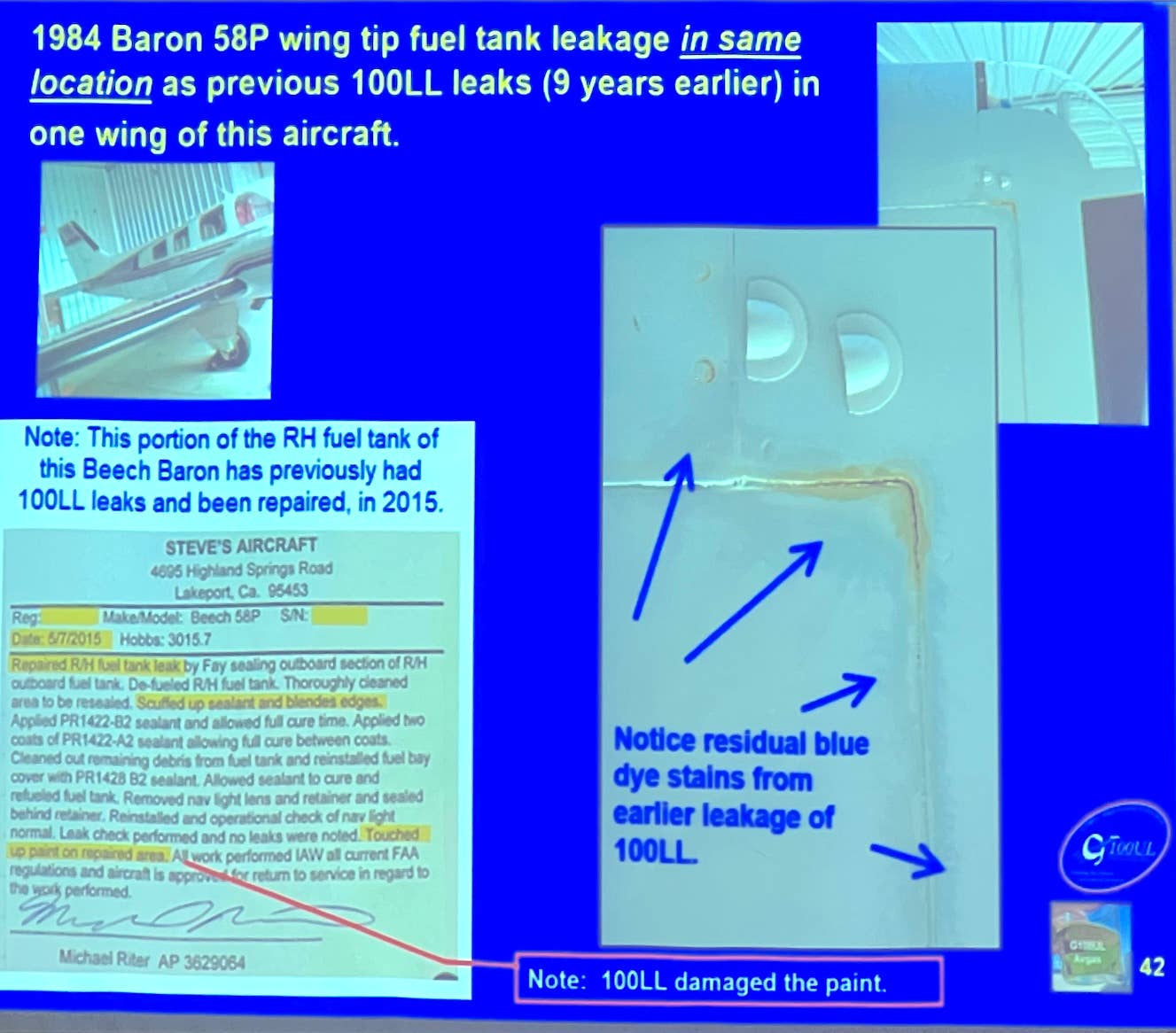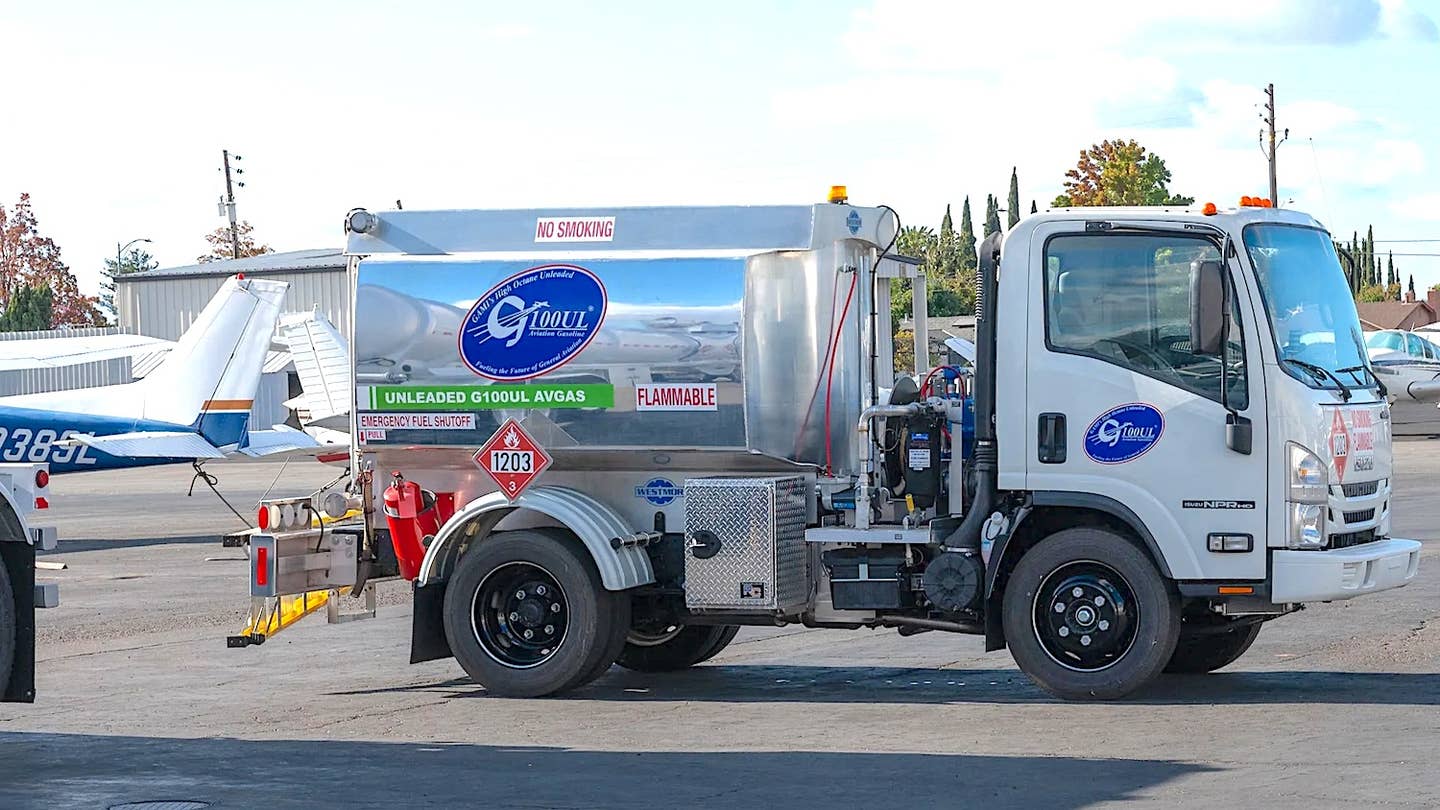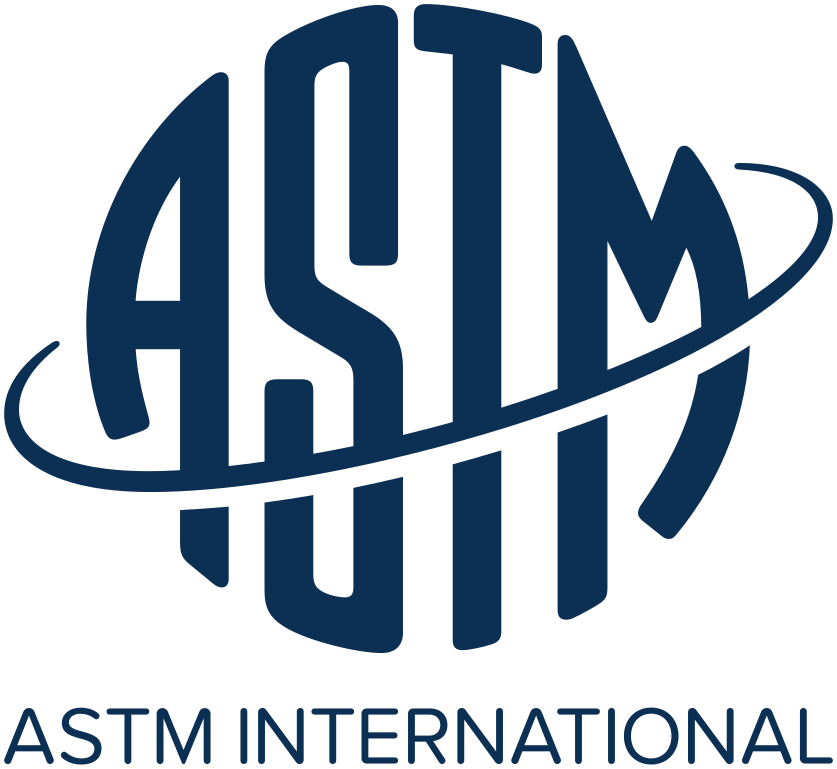Panel Replacements: Metal vs. Overlay
If you’re sinking $30,000 into new avionics, that old, cracked, Royalite panel has got to go. Here’s a look at some options. FAA approval may be the tricky part.
Utilitarian to the core, we aren't impressed by flashy instrument-panel work. And by this, we mean panels decked out in custom colors and patterns that blend with a pricey leather interior and a toney exterior paint job. But we're not crazy about the 1970s-style Royalite overlays, either. These long ago outlived their appeal and few have aged gracefully.Where does that leave us? Replacing what was in vogue in 1970 with a crisp, no-nonsense, metal panel. Commercial aircraft have this feature and so do military airplanes. If form follows function, metal panels are the ultimate in both form and function. Further, in the world of custom rework of panels, the possibilities are endless.FAA leniency in design, modification and installation, however, is not. Instrument panel replacements dredge up FAA buzzwords like "major" and "minor" modifications versus alterations versus repairs. What's maddening for shops is that no two FSDOs seem to look at panel structural mods in quite the same way.But generally, if you rip out the Royalite and start with new panels and subpanels for the instruments, radio rails, switches and the major equipment certificated for the aircraft, you're into a major modification. Virtually every FAA inspector we spoke with during our research made it clear that messing with panel structure requires regulatory approval.PMA manufacturing approval for the product to be installed in a specified model is a good start for the installation approval, but it might not be enough. Best case is having a replacement panel that's already PMA and STC approved. If a replacement panel doesn't carry these certifications, it's up to the installing shop to have the installation approved by the FAA. We're told that these field approvals are being deferred to regional FAA offices, which means a longer wait time for final action.
Paper Trail
300
In seeking approvals, shops will need supporting paperwork and previously approved data as a basis for a field approval, which is considered a one-time STC through an FAA Form 337. One inspector actually pointed us to the regulatory guidelines/checklist that he follows when field-approving a modification. In our view, these guidelines were neither straightforward nor simple to understand and required lots of interpretation on our part.In our view, the approval process for panel replacement is mired in over-think, since panels are simply pieces of sheet metal. Sure, there are various thicknesses of metal to choose from, but most Piper panels, for example, are 0.050-inch thickness, while higher-class Beechcraft panels are often in the 0.080-inch range.For anyone cutting a new panel out of aluminum, it's not rocket science to duplicate the structural thickness of the original equipment. Easier yet is to attach the new panel to the existing mounting points. Some panels are attached with shock mounts, others are not. In most cases, the finished product will be stronger and of higher quality. We highly recommend choosing a panel replacement that's STC'd for your model aircraft, if you can find one. If an STC exists, your down time will be shortened and you won't suffer through a field-approval nightmare. Don't try to short-circuit the approval process. We know of one aircraft that flunked a pre-purchase inspection because it had a custom panel with no supporting paperwork in the logs. Technically, it wasn't airworthy, although the work was first class.
Panel Building
One reason for investing money and time in a new panel is to obtain a better instrument and avionics layout. But the more you change, the more it can cost. When moving engine gauges, for example, consider the effort involved in relocating and lengthening fuel and oil lines to accommodate the move from one side of the panel to the other. The same goes for vacuum and static lines that plumb flight instruments. Electrical busses, including the replacement of fuses and circuit breakers, can be another source of expense and time-consuming effort.The other major hurdle is control-surface hardware -- chains, cables and rods that move the control surfaces -- that might have to be modified to accommodate a new panel design. Panel replacements mean major teardown and some aircraft are more complex than others or have age-related shortcomings that will need to be addressed. The upside is that avionics work will be easier when the old panel is off, giving technicians easy access to the guts behind the metal. We would expect a significant savings in wiring and component replacement given this accessibility. But if your shop has to mess with modifying and splicing control cables or components, expect a large invoice in the end.Muddying the water is the fact that some jobs can't effectively be quoted until the job and the teardown begins because, in many cases, shops just don't know what's back there until they open up the panel. Pad your budget accordingly. Panel fabrication has leapt forward with the advent of computer and numeric control machines (CNC) and computer-aided design (CAD) technology. With a conventional CNC machine, the cut process is controlled entirely through programming. Gone are the days of tedious hand-die work. Better yet, designs can be saved in the computer memory for future jobs and changes can be made to easily accommodate custom designs.Some panel-building companies specialize in certain aircraft types, which is likely to result in a smoother job. For example, Ron and John's Comanche Service in Oregon provides STC'd panels for virtually every model Comanche. Supplied with blueprints and other instructions for gauge location, these panels are cut for an owner-specified instrument and avionics layout. The company knows Comanches and there should be little guesswork for a given model. Owner groups are a good source for finding panel kits for any aircraft brand.Quite a few smaller shops specialize in the fabrication of metal panels and ship the finished product for installation. They leave it up to the installer to obtain appropriate approvals. Some such panels have PMA approval, some don't. One that does is Avion Research, which offers STC'd and PMA'd panels, as well as some not covered by such approvals. They even have glareshields with integrated fluorescent lighting.While Avion offers panel projects for a huge variety of aircraft -- from single-engine Cessnas to Piper Cheyenne turboprops -- they say that it's the ultimate responsibility of the owner/installer to ensure compliance with all relevant FARs and to return the aircraft to service, which requires but is not limited to an approved Form 337. Avion has years of experience in building panels and claims it has taken the uncertainty out of the process. It offers layout and upgrade consulting, including marking up customer-provided templates at no charge. Owner involvement is important and we warn against letting your mechanic handle it all, since pilot preference plays a huge role in design.
Finishing Work
The finishing work -- paint and placards -- is the critical final detail in panel replacement. The FAA wants to know specific details on this, too. When a shop lobbies for field approval, they'll likely need to provide details on the materials used to cover the bare metal. Simply listing a can of tan Krylon purchased at Home Depot won't cut it. The FAA wants flammability reports, for one thing.A popular request among owners is high-end electrostatic powder coating, instead of a basic painting process. A FAA inspector told us that powder coating is frowned upon because there is "something about the coating process that can weaken the metal." Whether this is true or not isn't the question. The problem is how does the shop prove the finish is acceptable? Without technical reports and analysis, this might be difficult, which again argues for the STC/PMA route.Placards on the instrument panel are absolutely required per the aircraft type certificate and they'll need to be applied to the new panel -- either through engraving, adhesive labeling, silk screening or some other process.As far as lighting goes, the options are considerable. Instruments with integral lighting (expensive), post lamps, instrument lighting rings that mount to the bezel of the instrument, glareshield lighting and overhead spots are all means for lighting a panel. Post lights still remain a popular way to light instruments for a new metal panel, although they're not necessarily the best.Worth mentioning is that existing lighting circuits, dimming potentiometers and power supplies that have been in the aircraft for years might not be in good shape. Don't skimp on lighting. It can make or break a new panel design and a simple test can qualify one that needs work: Is the dimming linear? That is, for full travel of the dimming control from brightest to dimmest, does the lighting respond evenly to the dimmer? If it doesn't, now's the time to fix it.
Conclusion
There's no doubt that a custom, metal, instrument-panel makeover can bring an otherwise old aircraft to ultra-modern standards. We couldn't put an average price on any project, because they're so variable. A basic panel might cost only a few hundred dollars to build, but it's the finishing work and installation that runs the tab up. The simplest makeover can cost a couple of thousand dollars from beginning to end, just for the panel work, not the avionics or wiring.A complex makeover with custom paint work and lighting circuitry can get into many thousands of dollars. To many owners, this expense is worth it, but others are often shocked at the cost and it's a deal breaker.If you aren't prepared to dump the money and suffer the downtime of an extended FAA cat-and-mouse game, consider new panel overlays that we describe in the "The Overlay Option" at right. In our opinion, anything is better than that cheesy, cracked, 1960s-vintage plastic that looked bad even in your grandfather's old Buick.
More aircraft repair and prevention articles are available in AVweb's Maintenance Index. And for monthly articles and reviews of aviation products and services, subscribe to AVweb's sister publication, Aviation Consumer magazine.






